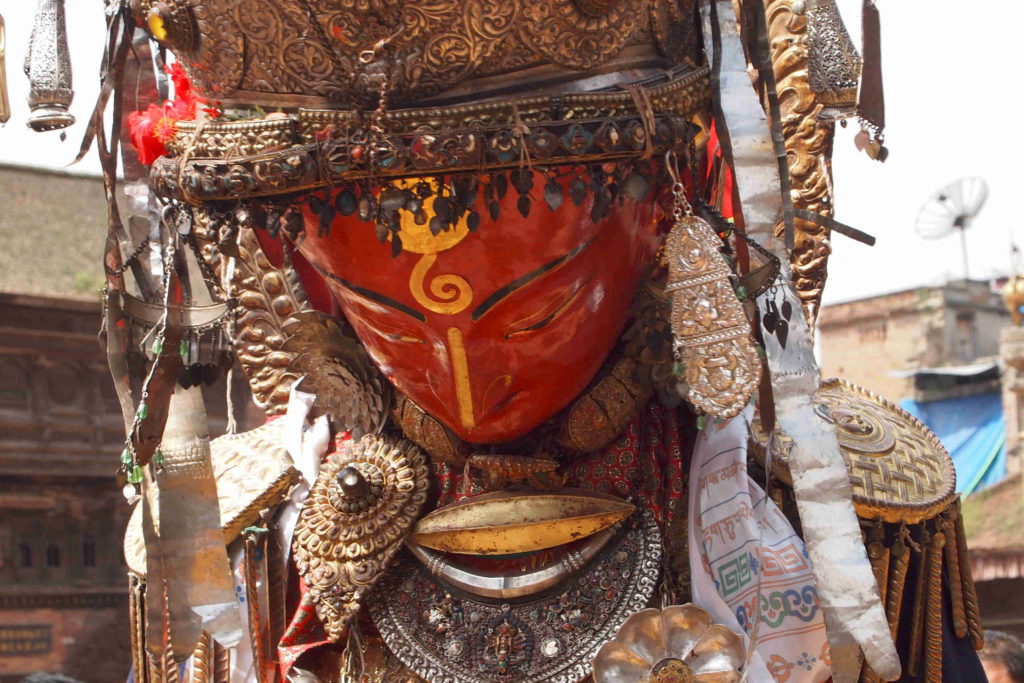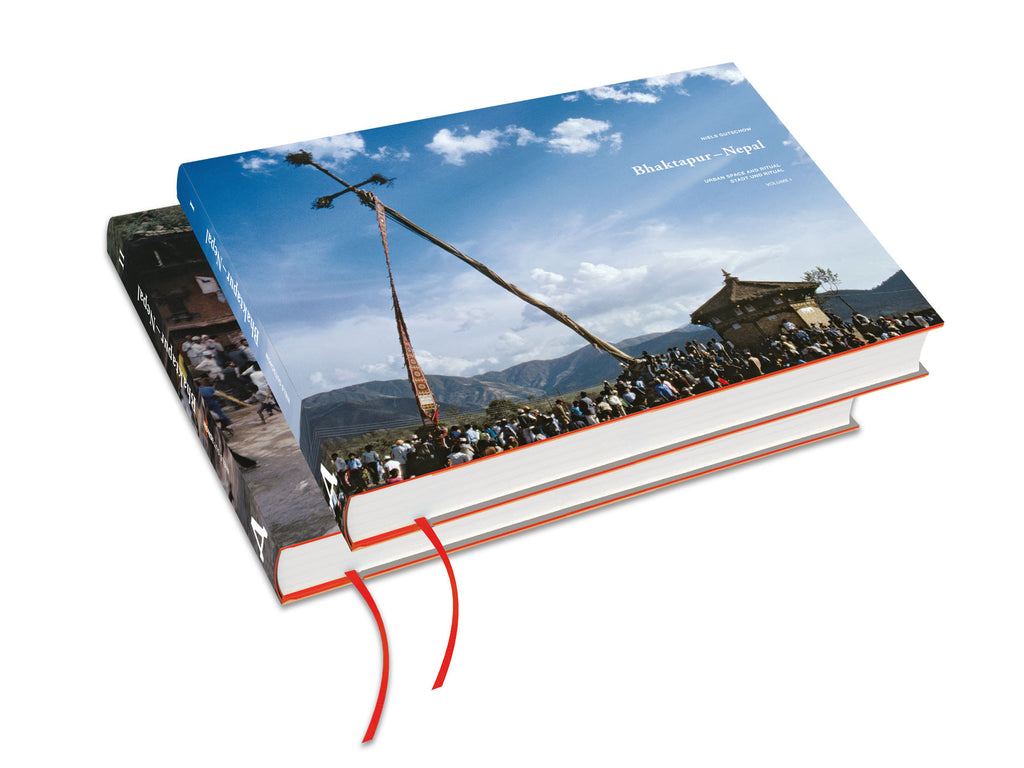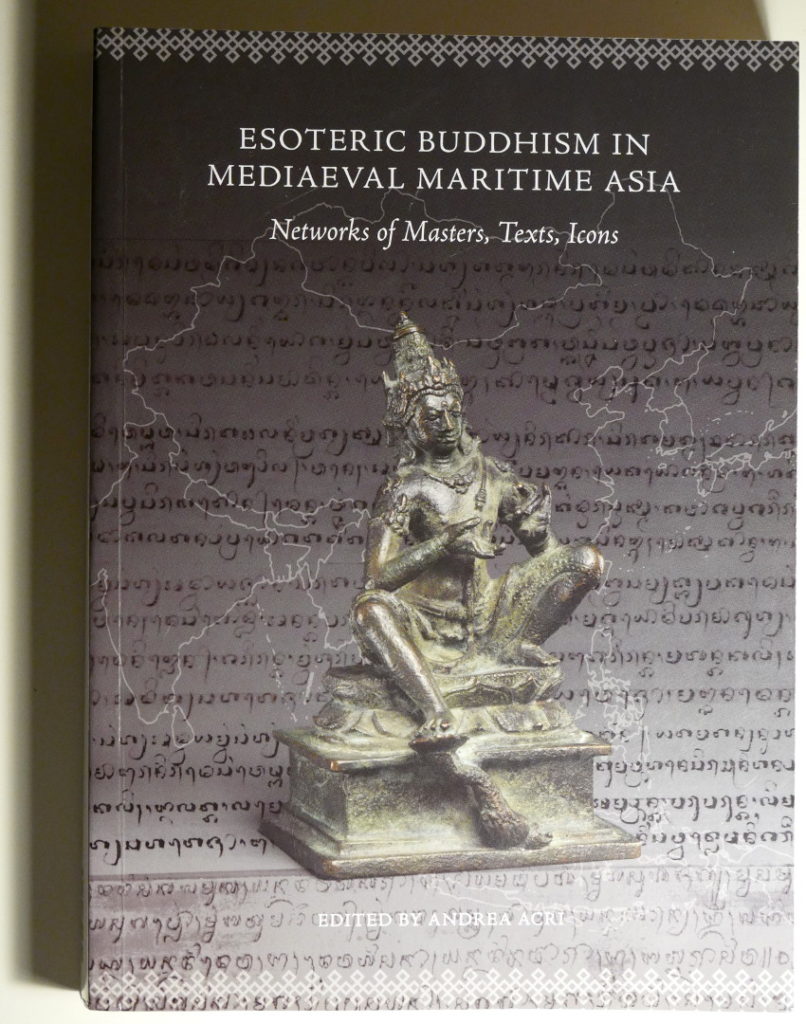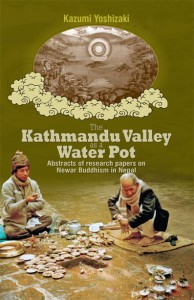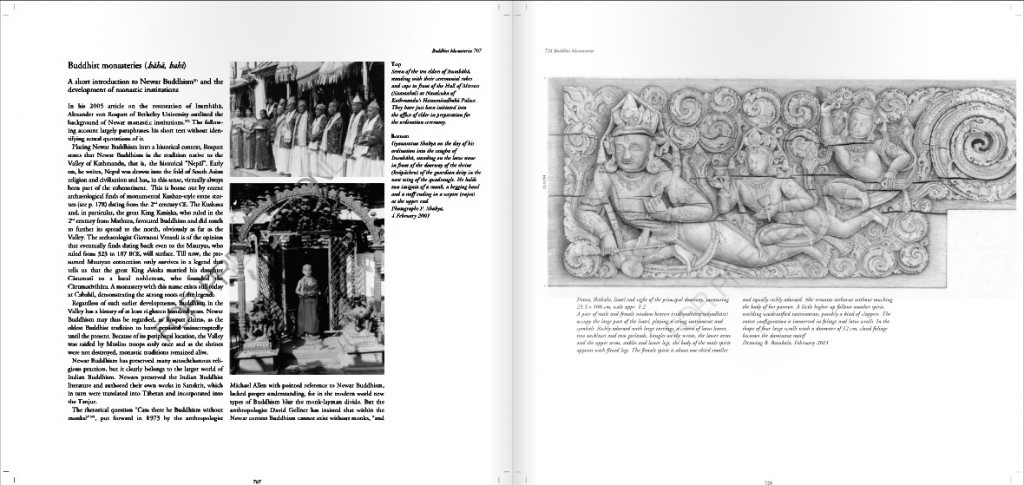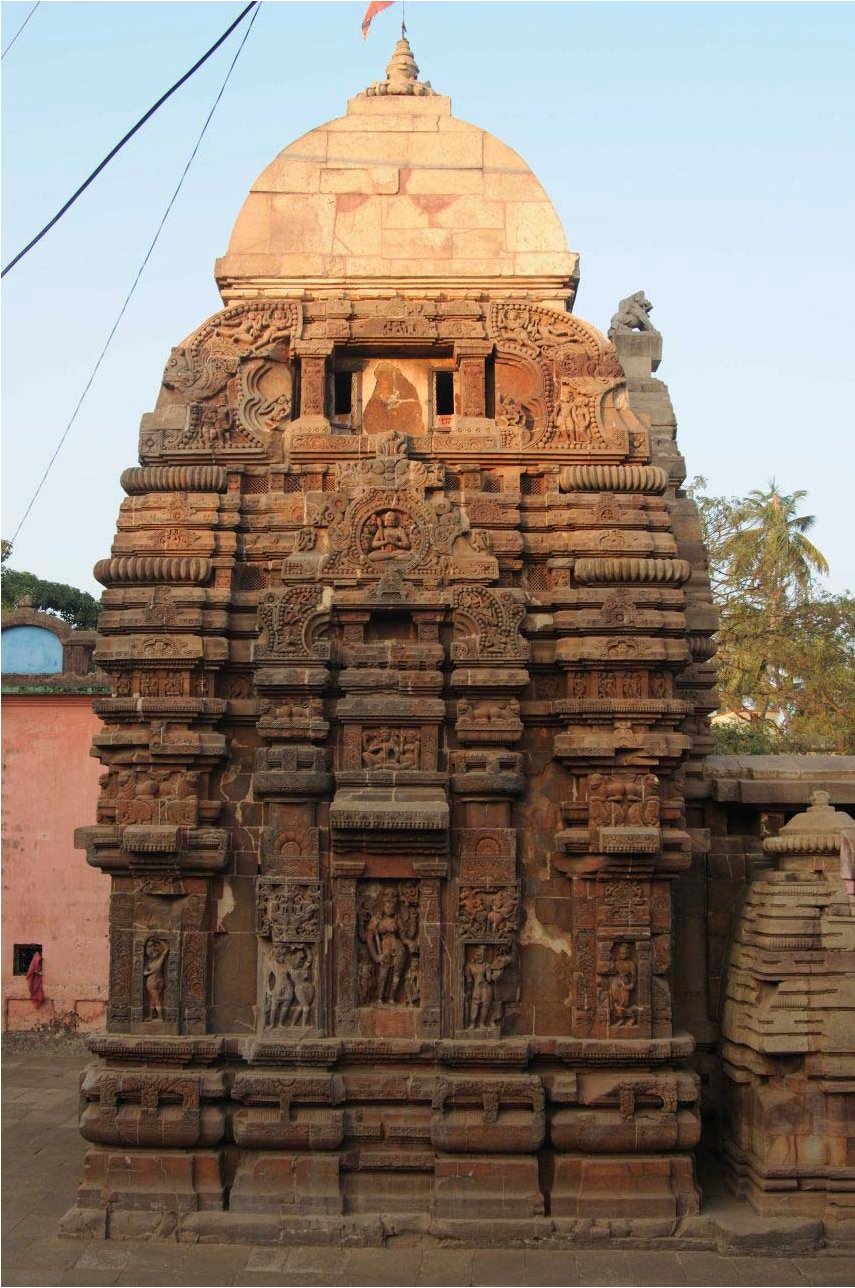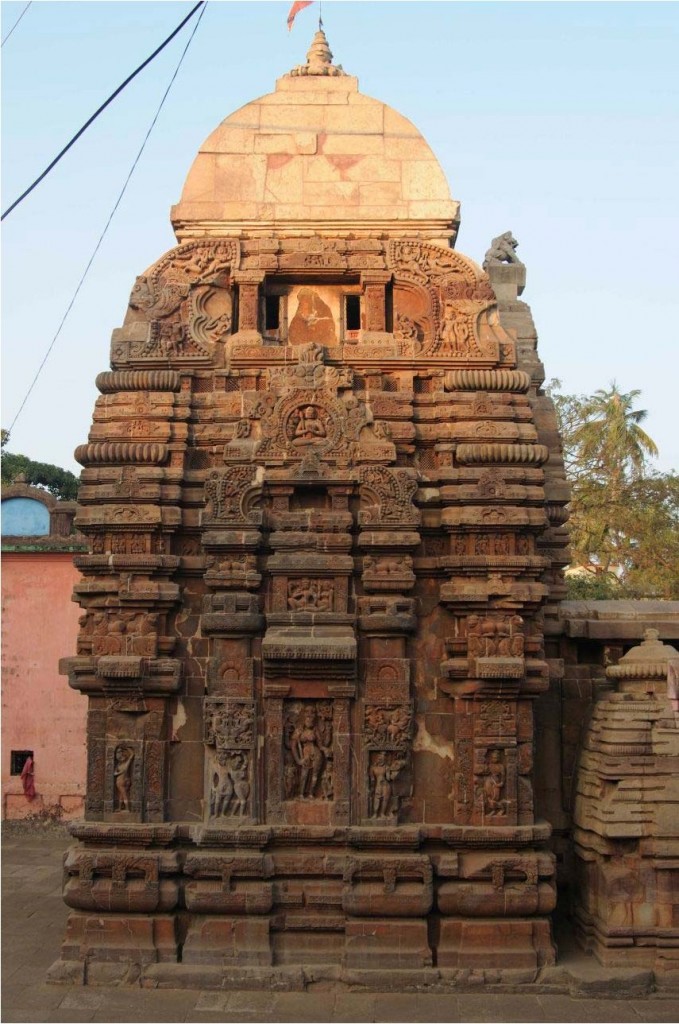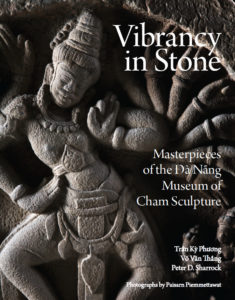 Trần Kỳ Phương, Võ Văn Thắng, Peter D. Sharrock (eds), Paisarn Piemmettawat (photographs). Vibrancy in Stone: Masterpieces of the Đà Nẵng Museum of Cham Sculpture. Bangkok: River Books. 288 pp. + 324 photographs. ISBN 978 616 7339 99 3. 2,000.00 ฿ (within Thailand). [official site] [official launch] [co-editor Peter D. Sharrock: academia.edu]
Trần Kỳ Phương, Võ Văn Thắng, Peter D. Sharrock (eds), Paisarn Piemmettawat (photographs). Vibrancy in Stone: Masterpieces of the Đà Nẵng Museum of Cham Sculpture. Bangkok: River Books. 288 pp. + 324 photographs. ISBN 978 616 7339 99 3. 2,000.00 ฿ (within Thailand). [official site] [official launch] [co-editor Peter D. Sharrock: academia.edu]
Description
The collection of the Đà Nẵng Museum of Cham Sculpture, mostly in sandstone, was gathered from the Champa monuments that were collapsed covered by dense tropical flora for centuries. Only in the late 19th century did the ruined mounds began to attract collectors of antiquities and researchers of cultural heritage. The large undertaking of surveying, recording, clearing and scientifically excavating them took place in the first thirty years of the 20th century, when sculptures from this hitherto little studied culture began to be transferred to the Đà Nẵng Museum of Cham Sculpture, then referred to as the ‘Musée Čam’ or ‘Musée de Tourane’. Continue reading “Trần, Võ & Sharrock eds. (2018), Vibrancy in Stone”


